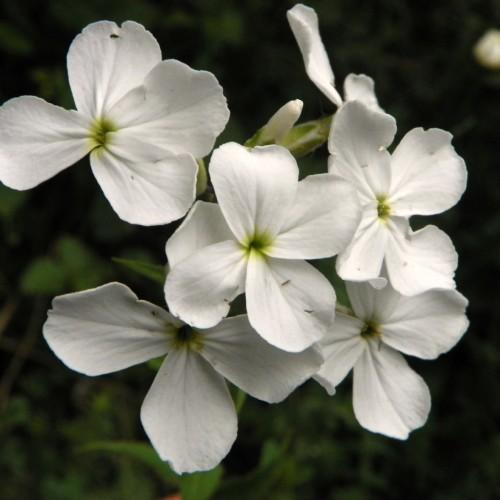
Seaside Bittercress
Cardamine angulata
Also Known As - Angled Bitter CressWatering:
Minimal
Hardiness Zone:
Flowers:
Flowers
Sun:
Partial Shade, Shade
Soil:
Loam, Humus Enriched
Leaf:
Yes
Growth Rate:
Low
Drought Tolerant:
Yes
Salt Tolerant:
Yes
Invasive:
Yes
Care Level:
Medium
watering
Water Seaside Bittercress thoroughly but carefully once a week. Give each plant enough water to keep the soil evenly moist without saturating it. Make sure the water drains easily and does not sit in the pot or in the soil. Avoid overhead watering which can cause the foliage of Seaside Bittercress to become valgus. Adjust your watering schedule accordingly during colder months, when plants need less water. Depending on the climate and situation, some plants may not require any additional water during winter.
sunlight
Seaside Bittercress (Cardamine angulata) needs a good amount of sunlight in order to thrive, however it should not be exposed to direct sunlight for an extended period of time as intense light can cause the plant to become sunburned. The plant should receive between 4-6 hours of sunlight each day, preferably in the morning or at night. During the hottest hours of the day, it should be moved into a shaded area to protect it. Additionally, it is important to make sure that during the growing season, the plant receives an adequate amount of diffused sunlight throughout the day in order to help it grow and develop properly.
pruning
Seaside Bittercress (Cardamine angulata) should be pruned regularly in the early spring before new growth begins. For best results, prune hard back in late March or early April, cutting back the stems to within 3 to 4 inches of the crown. This will encourage a dense, bushy growth habit and encourage prolific flowering. You may also need to prune lightly in late spring or early summer to remove any flowering stems that have set seed, as well as any spent foliage.
